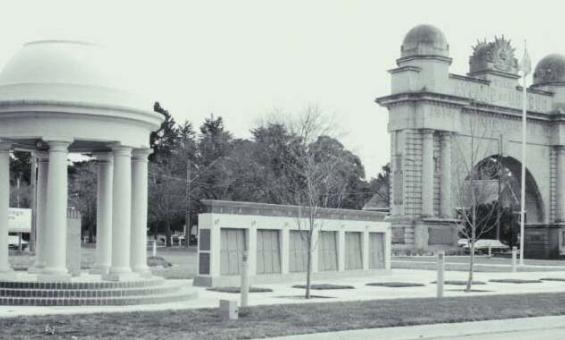Digital Classroom
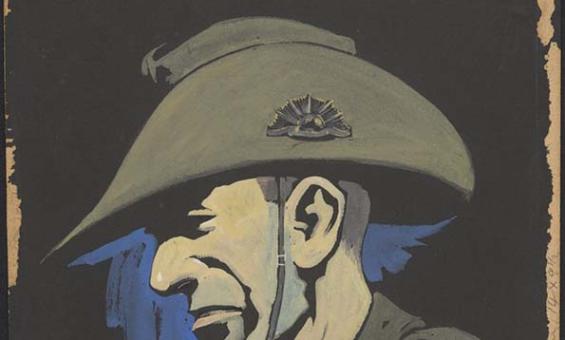
Frank Dunne and Smith's Weekly, Portrait of ANZAC soldier for Smith's Weekly, between 1919 and 1937, nla.gov.au/nla.obj-452465819
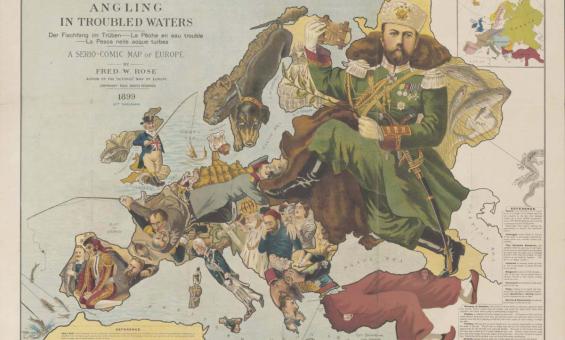
Rose, Fred. W. (Frederick W.) & Hewardine, Matt & G.W. Bacon & Co. (1899). Angling in troubled waters = Der Fischfang im Trüben = La pêche en eau trouble = La pesca nelle acque turbes : a serio-comic map of Europe / by Fred. W. Rose, author of the "octopus" map of Europe ; Matt. Hewardine, from design by Fred. W. Rose. nla.gov.au/nla.obj-232519231
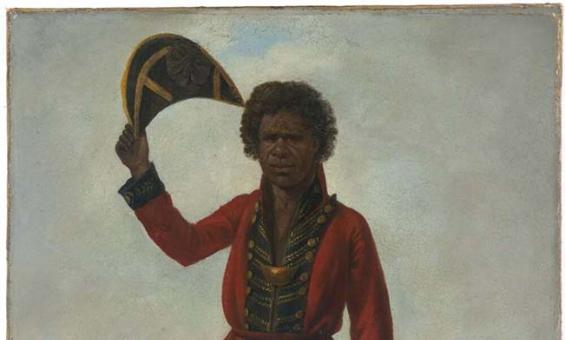
Earle, Augustus, 1793-1838. (1826). Portrait of Bungaree, a native of New South Wales, with Fort Macquarie, Sydney Harbour, in background [picture] / [Augustus Earle]. nla.gov.au/nla.obj-134114940
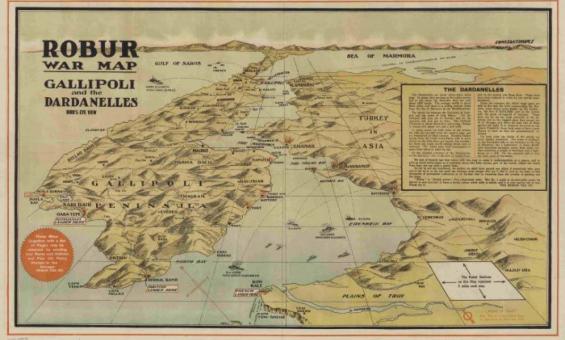
Farrow Falcon Press, issuing body & Dillon, Cyril. (1915). Robur tea war map, Turkish Empire ; Robur war map, Gallipoli and the Dardanelles : bird's eye view, nla.gov.au/nla.obj-2972839934
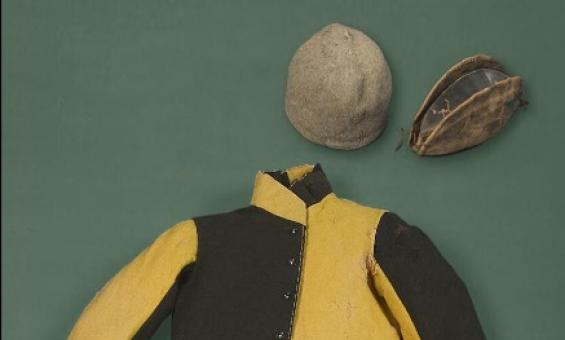
Convict uniform and two caps between 1830 and 1849, nla.gov.au/nla.obj-139411772
A secondary punishment uniform from the transportation era, coloured to distinguish continuing offenders. Hand stitched. From Van Diemens Land.
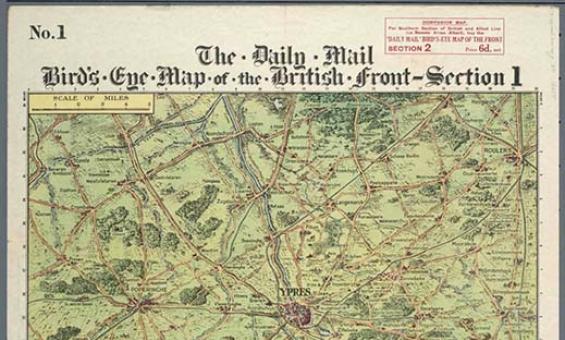
Daily Mail (London, England). (1916). The Daily Mail bird's eye map of the British front [cartographic material]. nla.gov.au/nla.obj-230052264

George Hughes (Government Printer), Playbill for a performance of Jane Shore, The Wapping Landlady and The Miraculous Cure at the Theatre, Sydney 30 July 1796, nla.gov.au/nla.obj-1419486 - the earliest surviving document printed in Australia.
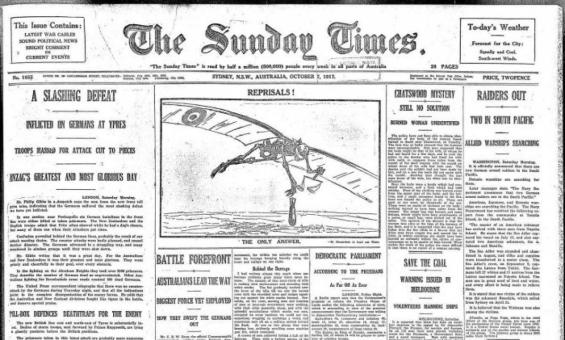
(1917, October 7). Sunday Times (Sydney, NSW : 1895 - 1930), p. 1. nla.gov.au/nla.news-page13215182
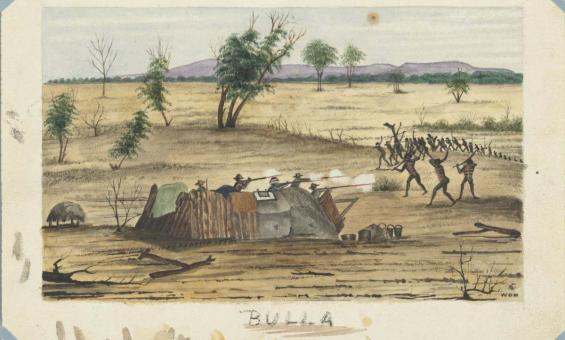
Hodgkinson, W. O. (William Oswald), 1835-1900. (1861). Bulla, Queensland, 1861 [picture] / W.O. Hodgkinson. nla.gov.au/nla.obj-147606769
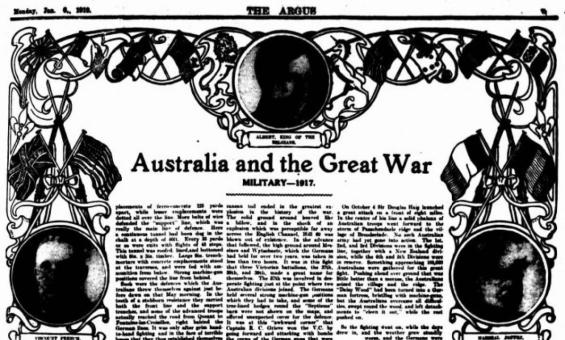
(1919, January 6). The Argus (Melbourne, Vic. : 1848 - 1957), p. 5 (The Argus War Review). nla.gov.au/nla.news-page402797
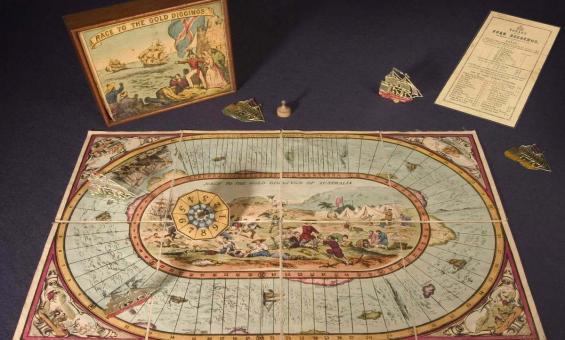
(1855). [Board game titled: Race to the gold diggings of Australia] [realia]. nla.gov.au/nla.obj-139615708
